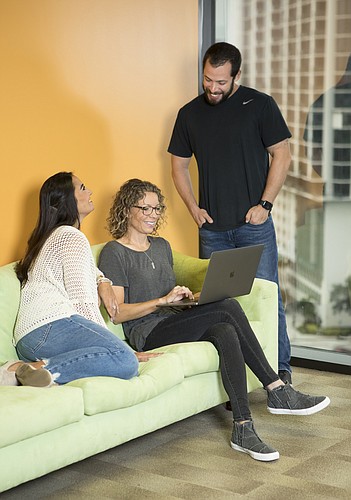- December 15, 2025
-
-
Loading

Loading

It’s hard to pinpoint, exactly, when it became OK to slack off at work. Probably, most would say, it was in the 1990s, during the Clinton Administration, when ping pong tables and gyms and bars began to show up in offices.
These were the days of the Internet boom, when companies tried to lure the best and brightest employees from the competition. Staid office culture, with everyone in ties and where severity was the tradition, became passé. It was replaced with dressing down and fun, collaborative workspaces and an informal approach to management.